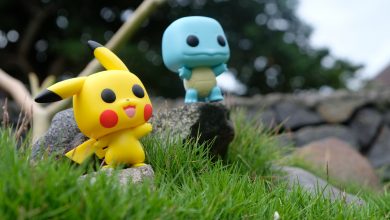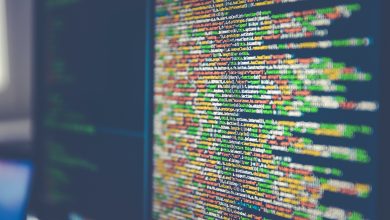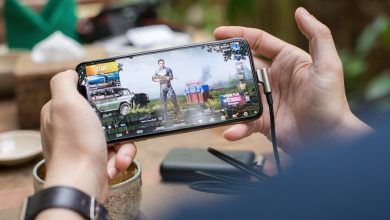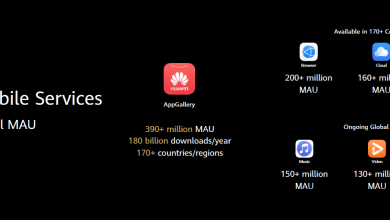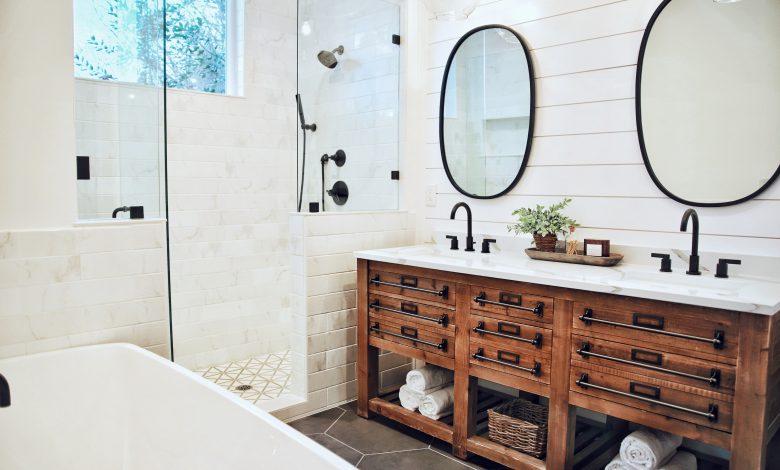
The bathroom is a very important part of every home, and it doesn’t have to be bland, white, or clinical spaces. There’s no reason why a bathroom shouldn’t feel as welcoming and beautiful as every other room in your house.
Even if you do not want a complete renovation yet, there are many ways to add the wow factor to the bathroom.
To obtain a “wow” factor when decorating a bathroom, you just need to think out of the box. If you want your bathing area to stand out from the crowd, consider the following wall decorating ideas.
Add Vibrant Colors in Bathroom
The quickest and easiest way to add colors in the bathroom is to hang bold colored wall art on its wall. Light-coloured walls or blank white walls make your bathroom too plain.
But, the colorful wall art can change the look of your bathing area in no time and can make it more welcoming as well. In addition to wall art, there are other refreshing bathroom wall décor ideas that you can use to add colors to the bathroom.
The walls of the bathroom offer you many ways to update your bathing area within budget. For example, you can also choose to install artificial green grass on the bathroom wall to give it an instant freshness.
Choose The Suitable Theme
Decorate your bathroom according to a theme or interior style. If your interior is modern, then choose modern wall arts and modern shelves for your bathing area.
Further, if your bathroom features a bohemian style, then you can use bold and vibrant color canvas prints to decorate it. There are different styles of wall art available in the market that you can choose for your bathroom.
Select Wall Art That Can Handle Moisture
Wall art will not only add a charm in your bathroom but also increase the aesthetic appeal of your space. But, when selecting wall prints for the bathroom, make sure they are moisture-resistant and heat resistant too.
It means the wall art should not get faded with time due to humidity in the bathroom. For example, you can opt for a framed wall art for the bathroom as the glass will protect the artwork from getting faded over time.
Designer Floating Shelves for Bathroom
The position of wall art usually depends on the size of your bathroom. If your bathroom size is big and there is a bathtub in it, then place an art piece on the wall above the bathtub.
You can also hang wall art behind the mirror as it will give you a glimpse of pictures in the mirror when you get ready.
Consider Hanging a Portrait
Do you know that the bathroom is also a perfect place to display a portrait. This is a little unexpected and an interesting way to give a new look to the wall of your bathing area.
You can display any portrait of your choice to give the space a personalized feel and style. No matter whether your bathroom is small or big, you can design it well with a unique and interesting portrait.
Final Words
The bathroom is the place where you go to tidy up and get ready. So it would be best if you decorate it properly. If your bathroom walls are pleasant to the eyes, then only your mood will be good, and you can turn up presentable.
Cover photo by Taylor Beach on Unsplash





